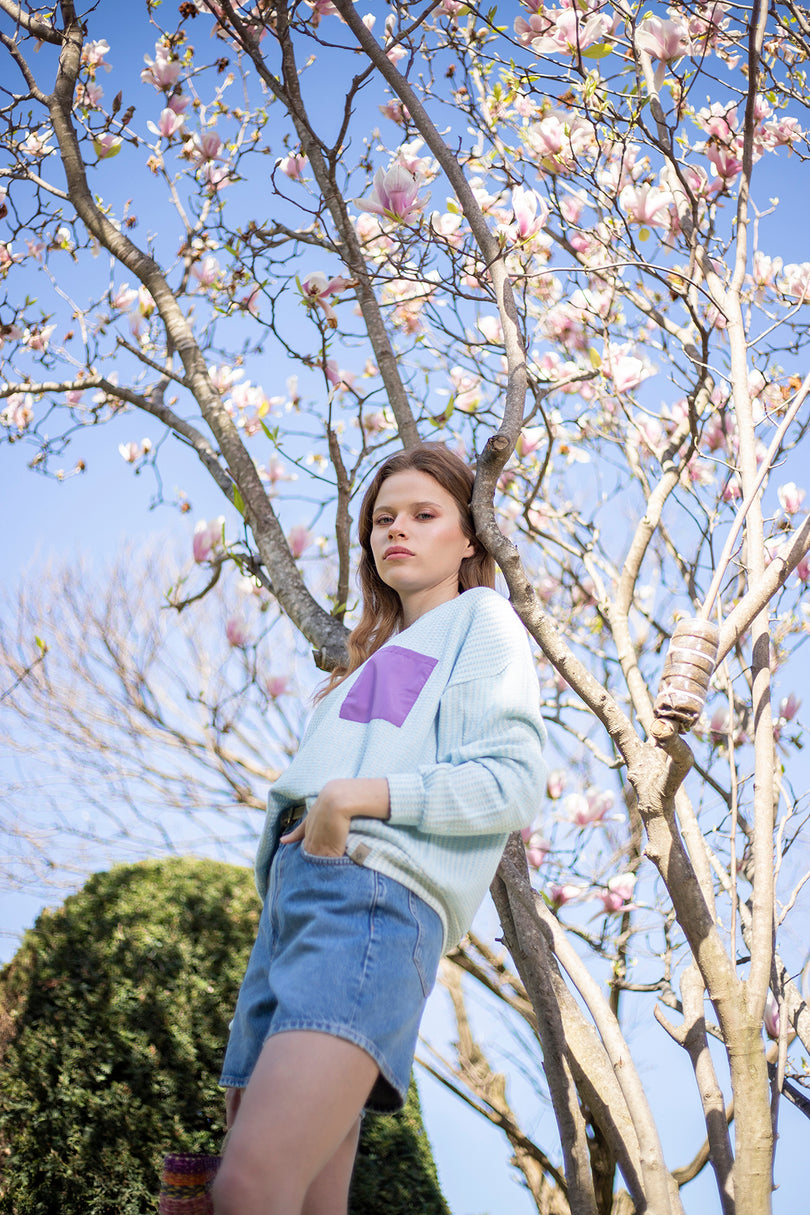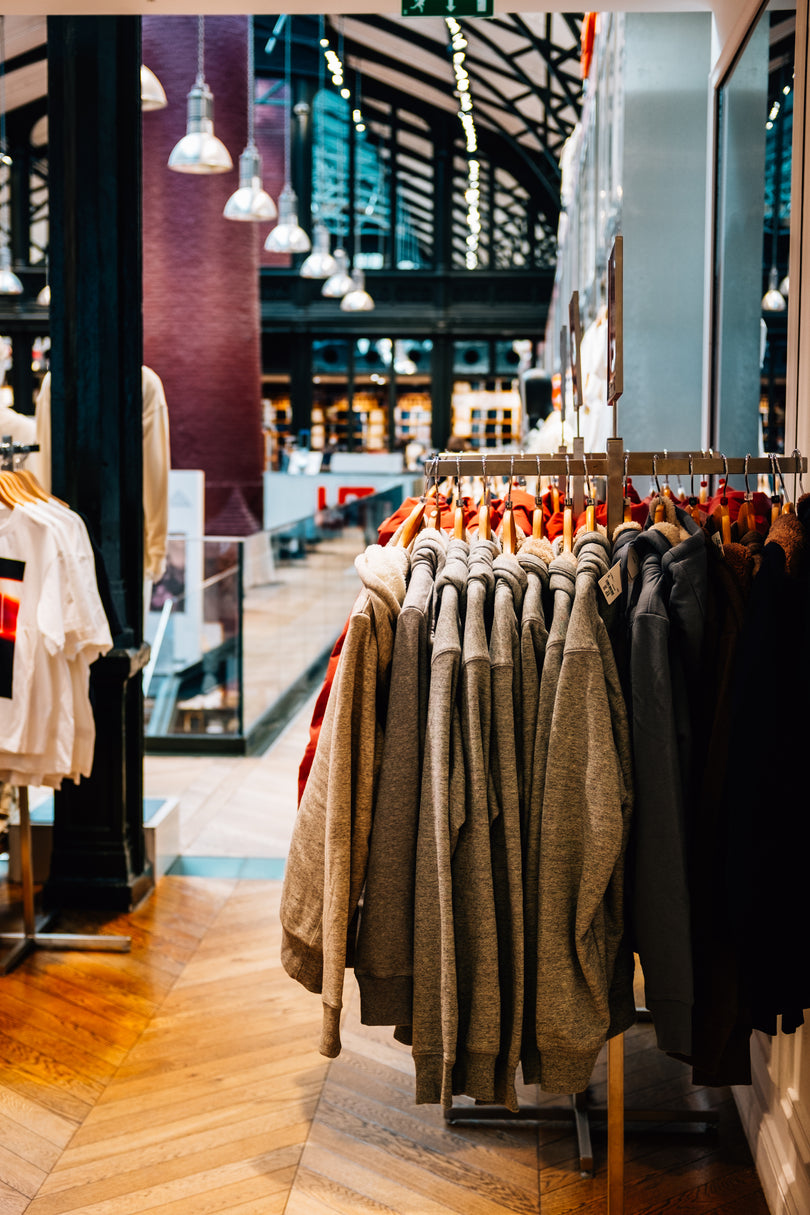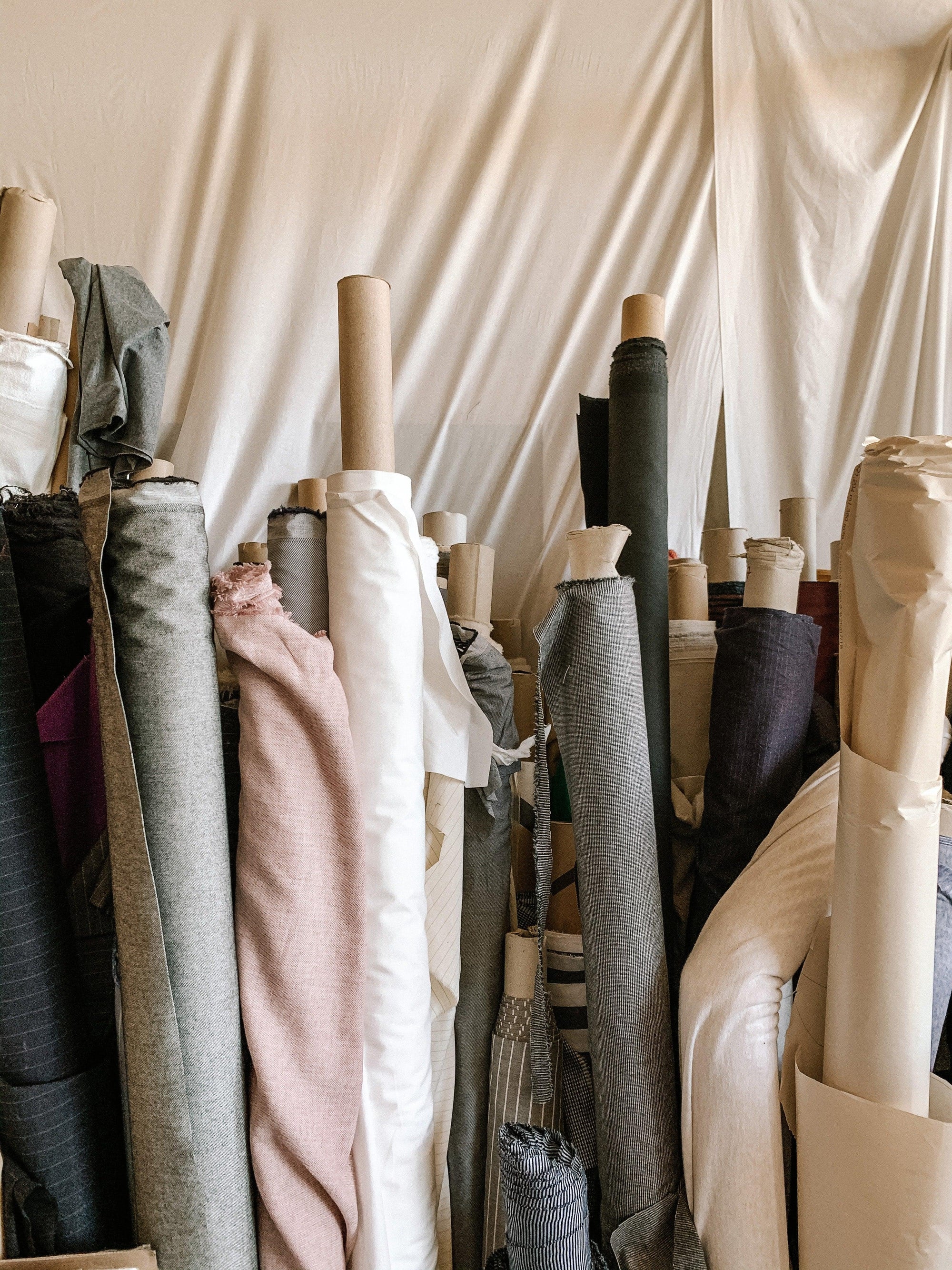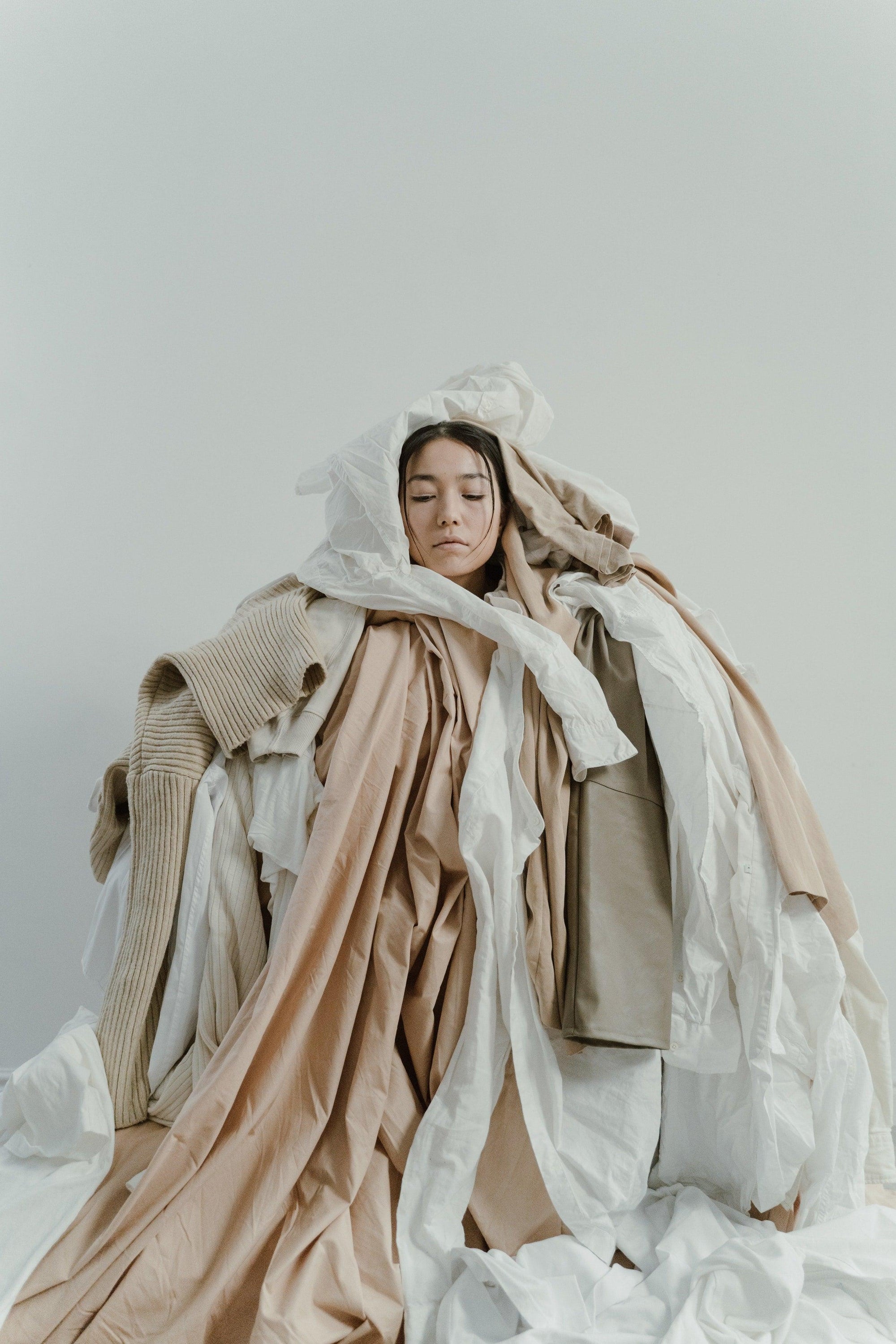If you close your eyes and try to picture sustainable fashion, what comes to mind? A loose, minimalist dress perhaps, made of flaxen linen, with a distinct lack of patterns or bold colours. Worst of all, the price tag is three figures.
We desperately need more people shopping from sustainable fashion brands, and new research suggests 60% of young people are ready to ditch fast fashion in favour of ethical consumerism, but ultimately it’s up to brands to create something worth buying. Our society has become accustomed to endless fashion choices, unrelenting trend cycles and absurdly low prices, and many will struggle to give up their previous shopping habits unless they’re offered something better than the current reality of sustainable fashion.
For too long, sustainable fashion has been allowed certain concessions; beige, boring and boxy silhouettes are accepted without comment because their natural material or carbon-neutral production process proclaims them to be sustainable and therefore better. Whilst there are some exceptions to this generalisation, and the various sustainable credentials for an ethical garment are important, the look and design of sustainable clothing need to be equally addressed.
How can we expect consumers to adopt sustainability and a slower mindset without first asking sustainable brands to fix their apparent issues?
The Issues Surrounding Sustainable Fashion Brands
The minimalism aesthetic isn’t for everyone, but it’s the one most commonly adopted by sustainable fashion brands when designing collections. Of course, some common additions are strictly off-limits to ethical clothing due to their less-than environmentally-friendly nature, like sequins and glitter, but it seems most brands have situated themselves on the opposite end of the spectrum, with hardly any patterns, cut-outs or other unique design aspects to speak of.
Many of us use fashion as a form of expression. We say something about ourselves every time we wear a bright colour, bold pattern or interesting silhouette. This could not be truer for the younger generation, who have experimented with gender fluidity and neutrality more than any others, and like to switch up aesthetics constantly. Not to mention growing up in a society that embraces a new trend every five minutes, and although the pandemic did spark a shift away from trend-led shopping, it’s still an uphill struggle. It’s no wonder the bland, shapeless approach that sustainable clothing brands previously relied on has failed to catch on.
Part of the problem comes down to the dyeing process, which in traditional manufacturing can release hazardous chemicals into the environment. Sustainable brands can choose to use natural dyes instead, but these don’t come in bright colours and are often too expensive to use more than 4-6 colours per collection, leaving muted and limited options. Whilst this might in some ways promote a slow fashion mindset, it can sometimes work against our favour if brands produce only tired, uninspired silhouettes and rebrand them as ‘timeless classics’ - there’s only so many plain white t-shirts a person needs.

The other big issue is price; ethical consumption is synonymous with expense, and it’s an accurate representation in many scenarios. Fair living wages and premium materials don’t come as cheap as fast fashion alternatives, but they can create a barrier for those that can’t afford to pay the green tax. A happy medium needs to be found between ethical labour and consumer budget if sustainable fashion is to be mass adopted.
An Immediately Available, Short Term Solution
Enter deadstock as the quickest, easiest and most sustainable solution. Although the supply will eventually slow down or run out once we switch to a circular fashion industry, the offcuts and excess fabric available now are perfect for brightening-up sustainable fashion. By designing around the fabric, or mixing two textiles together into something new, there’s endless room for creativity and uniqueness which is otherwise lacking in the industry - not to mention the huge environmental benefits. It also doesn’t have the same expensive price tag as other sustainable clothes, since you only pay for a smaller bit of the premium materials.
Deadstock has started to be adopted by celebrities recently, further cementing it as one of the best solutions to ethical consumption. Billie Eilish was among a few stars who attended this year’s Met Gala in a deadstock creation and spoke openly about how important the sustainable fashion movement is. Eilish wearing deadstock fashion to one of the biggest events of the year resonated with her young fans and sparked a dialogue about turning sustainable fashion mainstream - proving the appetite for ethical consumption is there if only brands would branch out from their previous aesthetics.
Sustainability will never be the norm if so many of us are excluded for one reason or another; money, availability of choice, body shape, personal taste and aesthetics etc. The conversation surrounding sustainability must be ongoing and open, and brands must learn that personal taste cannot (and doesn’t need to) be sacrificed in the name of the environment. With solutions like deadstock readily available and already growing in popularity, there’s no excuse for brands not stepping up.




